When the last UK Government published its Transport Decarbonisation Plan in 2021, it included a commitment to revive the Local Transport Plan (LTP) process in England.
The Department for Transport (DfT) advised England’s local transport authorities (LTAs, i.e. county councils and combined authorities) that their LTPs would need to set out their ambitions for:
- Improving cycling and walking conditions;
- Improving bus services;
- Delivering electric vehicle charging points; and (crucially),
- Setting Quantifiable Carbon Reduction (QCR) targets.
DfT said that LTPs would once again become the main mechanism for deciding how much funding each LTA would receive for local transport projects – the better their LTP, the more funding they would get. This created a really positive incentive for councils and mayors to be ambitious, so as to maximise their funding allocation.
Unfortunately, ministers evidently got cold feet about publishing the promised statutory guidance on what LTAs should say in their LTPs, and additional guidance on how they should set QCR targets (these guidance notes were originally promised in spring 2022).
Yet research by the Low Traffic Future Alliance has found that, as of April 2024, two thirds (65%) of England’s local transport authorities (mayors and county councils) were planning to consult on a draft LTP within the coming months. A few more had already consulted on a draft or adopted a final version, with four of these – Reading, Oxfordshire, West Midlands and the City of York – showing a impressively high level of ambition to reduce motor traffic.
The Low Traffic Future Alliance therefore launched a Transport Choices Challenge in summer 2024, inviting other LTAs to work with their communities to adopt similarly ambitious targets in their LTPs, backed by the policies and spending plans needed to meet these.
Meanwhile, in the absence of any statutory guidance from DfT, Low Traffic Future has also published its own guide for councillors and campaigners – together with a summary version – on what we think a good LTP should include.
We had also run a series of regional workshops around England during the latter part of 2023 – called ‘Greening transport in your area‘ – to brief anyone keen to shape their Local Transport Plan, to make sure it is fit for a Low Traffic Future. See this presentation explaining the LTP process itself. Or click here to see the notes and other presentations from these workshops – they are all different, and well worth reading!

"Crucially, DfT will once again use the quality of an authority’s LTP as the main mechanism for deciding what funding it allocates to each authority for local transport improvements."

"Crucially, DfT will once again use the quality of an authority’s LTP as the main mechanism for deciding what funding it allocates to each authority for local transport improvements."
When the last UK Government published its Transport Decarbonisation Plan in 2021, it included a commitment to revive the Local Transport Plan (LTP) process in England.
The Department for Transport (DfT) advised England’s local transport authorities (LTAs, i.e. county councils and combined authorities) that their LTPs would need to set out their ambitions for:
- Improving cycling and walking conditions;
- Improving bus services;
- Delivering electric vehicle charging points; and (crucially),
- Setting Quantifiable Carbon Reduction (QCR) targets.
DfT said that LTPs would once again become the main mechanism for deciding how much funding each LTA would receive for local transport projects – the better their LTP, the more funding they would get. This created a really positive incentive for councils and mayors to be ambitious, so as to maximise their funding allocation.
Unfortunately, ministers evidently got cold feet about publishing the promised statutory guidance on what LTAs should say in their LTPs, and additional guidance on how they should set QCR targets (these guidance notes were originally promised in spring 2022).
Yet research by the Low Traffic Future Alliance has found that, as of April 2024, two thirds (65%) of England’s local transport authorities (mayors and county councils) were planning to consult on a draft LTP within the coming months. A few more had already consulted on a draft or adopted a final version, with four of these – Reading, Oxfordshire, West Midlands and the City of York – showing a impressively high level of ambition to reduce motor traffic.
The Low Traffic Future Alliance therefore launched a Transport Choices Challenge in summer 2024, inviting other LTAs to work with their communities to adopt similarly ambitious targets in their LTPs, backed by the policies and spending plans needed to meet these.
Meanwhile, in the absence of any statutory guidance from DfT, Low Traffic Future has also published its own guide for councillors and campaigners – together with a summary version – on what we think a good LTP should include.
We had also run a series of regional workshops around England during the latter part of 2023 – called ‘Greening transport in your area‘ – to brief anyone keen to shape their Local Transport Plan, to make sure it is fit for a Low Traffic Future. See this presentation explaining the LTP process itself. Or click here to see the notes and other presentations from these workshops – they are all different, and well worth reading!




